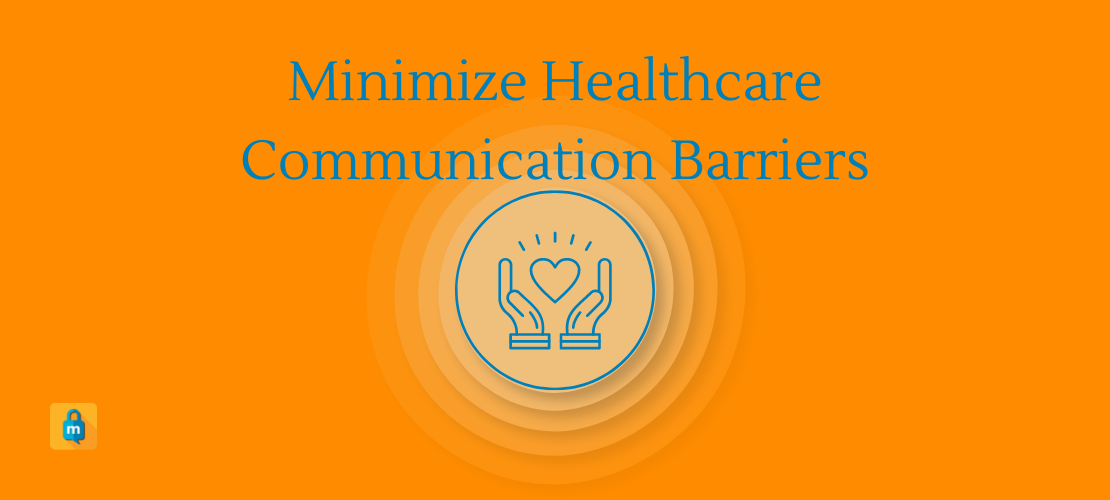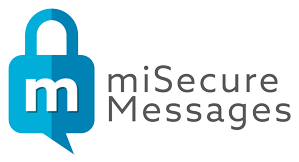
Solve Healthcare Communication Barriers Today by Implementing These Tactics!
Miscommunication harms healthcare, even more so when communication is not a priority. Failure to communicate results in increased costs decreased patient and staff satisfaction, wasted resources, and reduced quality care. Since hospitals are complex, here are the following barriers healthcare providers face:
- Provider to patient.
- Managers to staff.
- And between healthcare peers.
Provider to Patient
Patients and providers may have differing expectations. When conflicts arise from expectations, the provider will impact a patient's perception of quality care and experience. Learning how to handle different expectations and conflicts appropriately will improve a patient's perception of care. Another barrier is patient fear. Some patients are hesitant to see a provider due to cost, previous bad experiences, or suspicion of abuse. An example of fear of abuse is the Tuskegee Syphilis Study. Many Black Americans lack trust due to historical events, outdated medical studies of health that impact Black Americans, such as the pain myth, how symptoms show differently for Black Americans and cultural and racial biases. All of which severely impact the experiences of Black Americans and people of color. Another challenge is the language barrier. When a hospital doesn't have an interpreter communicating between the patient and provider is much more frustrating. With a lack of communication, there could be misinterpretations, increased chances of medical errors, and create distrust.
Managers and Staff
With a hierarchical structure, there's a higher likelihood of differences in the power dynamic. Leaders should also prioritize strong communication between managers and staff. Building a healthier relationship between managers and staff will also improve quality care. In our previous blog about teamwork, any team's most important goal is communicating clear information and visions. One barrier to manager-to-staff communication is inconsistent and unclear messaging. An encrypted text messaging app will help managers send texts safely and consistently. Another communication barrier between managers and staff would be implicit bias, such as age, gender, race, etc. In a hierarchical system, those within the decision-making process may be affected by implicit bias. When medical providers focus on residency, there's a higher chance of imposter syndrome. When individuals suffer from imposter syndrome, many doubt their decisions. They may not defend their ideas, and those in higher positions will assume the less experienced to be incorrect—severely impacting patient care. When managers restrict communication to specific staff, many staff members would feel alienated. A secure messaging app that allows managers to form groups will improve staff social relations and enable staff members to feel more comfortable expressing their ideas.
Communication Between Healthcare Peers
Provider handoffs are crucial in delivering seamless quality care. When there's a disruption to the handoff, patient safety is jeopardized. Patient load is a barrier to healthcare peer handoffs due to the many responsibilities and interruptions. Having one secure messaging platform would allow assigning tasks to be more straightforward. Confusing handoff can produce a significant risk to information about a patient and breaks down communication. In any work environment, having professional and respectful behavior is necessary for productive and healthy communication. When there's a lack of trust and reduced communication, there's a breakdown in respect and professionalism. Having unprofessional behavior can severely impact healthcare peers' performance and impede the delivery of quality care. There are three domains of healthcare challenges, educational, psychological, and organizational. Healthcare professionals have different educational backgrounds, and sometimes ideas would clash. Professional silos and hierarchies contribute to psychological barriers, and lastly, administrative barriers would be where the teams are geographically placed. Training together can establish social relations among the team members and learn more about each other's roles. Learn more about effective team communication and leadership to enable trust and create an adaptable team.
Mitigate Healthcare Communication Barriers
Healthcare professionals can minimize the barriers by becoming proficient in leadership, having mutual performance monitoring, adaptability, backup behavior, and having a team orientation. To facilitate communication, healthcare leaders can start by asking for feedback and enlisting translation help in bolstering patients' experience and satisfaction. Become inclusive by using a secure text app that can streamline communication and connect to all staff members. Make sure to show respect and encourage open communication; providers must show the same courtesy to other providers as they would to patients. Offering care allows healthcare providers to overcome imposter syndrome and builds patient trust. Healthcare professionals also need to overcome biases by using empathy and appreciation, learning to decrease ethnocentrism, and embracing differences among colleagues and patients.

